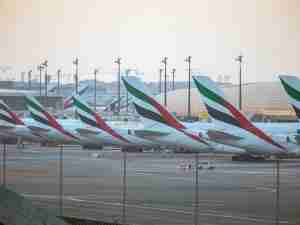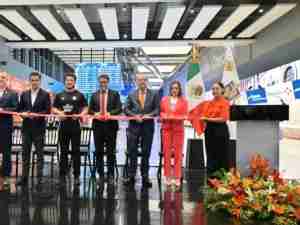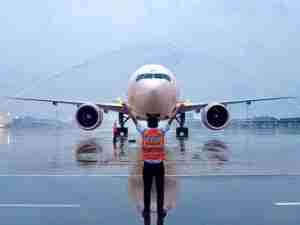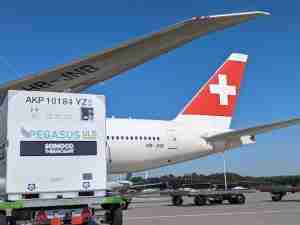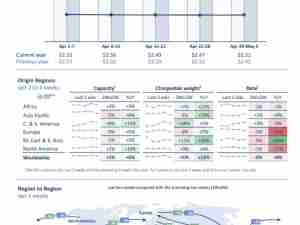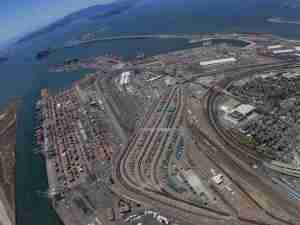After years of hesitant reform, the state-controlled airline now has to take a hatchet to costs and embrace a market-based transformation that has boosted Nordic firms like Ericsson and Volvo into competitive world-leaders.
But many believe it can never compete with harder nosed rivals like Norwegian Air Shuttle and Ryanair with no legacy of state ownership and a steely focus on the lowest prices.
"SAS has gone from crisis to crisis. What we are now witnessing, is a state-sponsored dinosaur in the process of dying," said Norwegian newspaper Adressa this week.
The dire prediction came after SAS announced that it aimed to cut wages by up to 17 percent for some staff, sell off assets to reduce its headcount to about 9,000 from 15,000 to take on cheaper rivals.
It was to hold talks with unions in Denmark, Sweden and Norway to persuade them to accept a worsening in work conditions for staff, which SAS's chief executive says has to be agreed by Sunday if the company is to survive.
The crisis mode is in stark contrast to the days SAS was founded in 1951 as a symbol of trans-national cooperation after World War Two, helped by the region's linguistic similarities.
The airline was also key in linking the geographically isolated Nordic region to the rest of Europe, and ensuring air traffic to isolated spots within the countries themselves.
The reforms SAS is now undertaking have already been carried out in the wider economy, where governments have privatised telecoms companies and submitted companies still in state hands to competition. Unions have had to move with the times too and given up on work practices which critics deemed inflexible.
"SAS was in many ways a picture of the Nordic model," said an editorial by Norwegian public broadcaster NRK.
"It was SAS we wanted - but maybe we end up getting Ryanair: low wages, low pensions and limited flights."
A Tale of Two Airlines
Much like the once-relatively self-reliant economies of Sweden, Denmark and Norway, SAS has faced a world of deregulation, cross-border trade and increased competition.
Shared state interests in a company do not help, a lesson learned by European aerospace giant EADS, when its planned $45 billion merger with Britain's BAE Systems fell through last month.
Political compromise between the three Nordic countries that own half of SAS's shares between them has hamstrung the company's ability to meet the economic challenges.
For many years SAS planes have had to have nationals from each state on board, even if that meant they had to travel to work outside their home base.
SAS has also only been able to employ pilots based in the Nordic region, whereas Norwegian - SAS's main rival on regional flights - has kept its costs lower by hiring outside Scandinavia on contracts with lower wages.
The financials of the two companies tell a clear tale. While SAS's 2011 annual report showed its unit costs averaged 0.86 Swedish crowns ($0.13) per available seat flown over the year, Norwegian's was 0.45 Norwegian crowns ($0.08).
Norwegian, with just 2,555 staff against SAS's 15,000, made a pretax profit of 166.5 million Norwegian crowns in 2011, while SAS made a loss of 1.6 billion Swedish crowns.
SAS, which has lost 12.4 billion Swedish crowns since the start of 2002 and already sold off assets worth 80 billion crowns over 12 years, expects a small loss this year.
Ole Kirchert Christensen, Danish airline industry consultant at the TravelBroker consultancy, noted that while SAS has several hundred people working at Copenhagen airport with a market share of flights there of 40 percent, Norwegian manages its 15 percent market share with just 8 staff.
"No matter what you do in SAS and how much you reduce the salaries for the Scandinavian-based personnel, you will never reach the same level as the low cost airlines," he added.
The airline dispute
